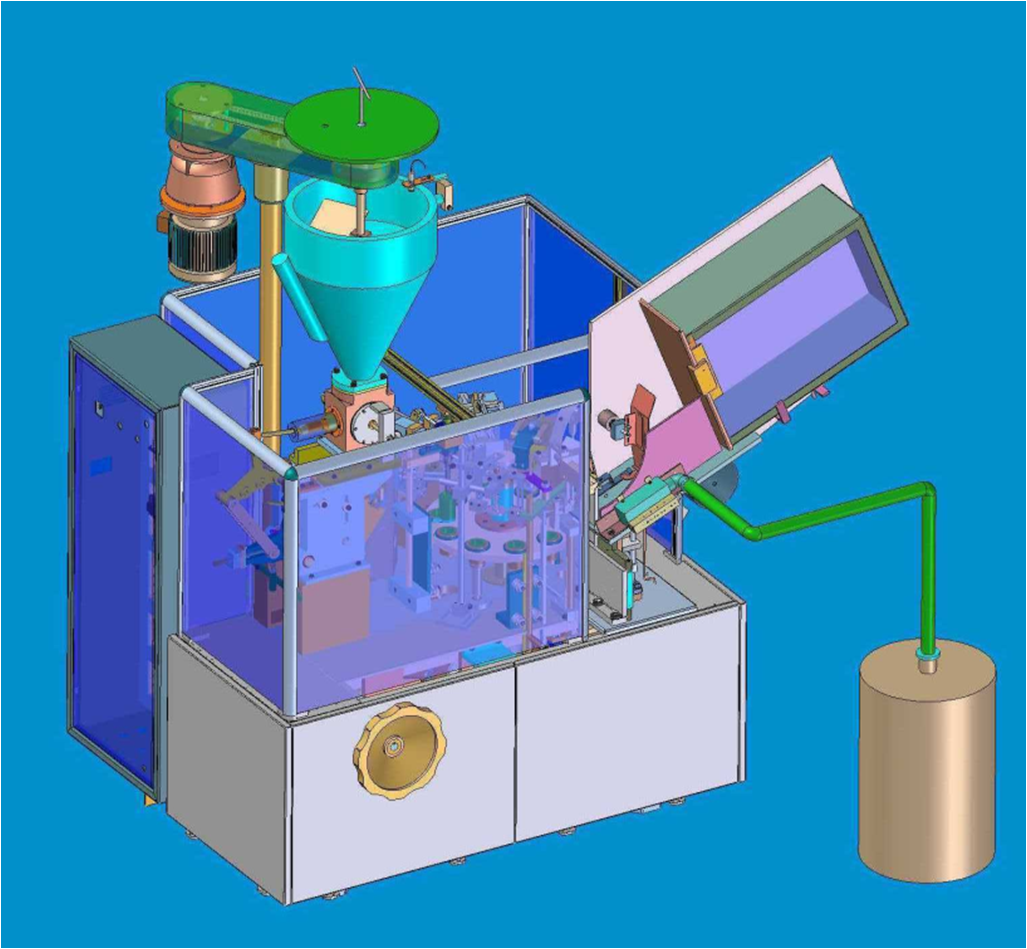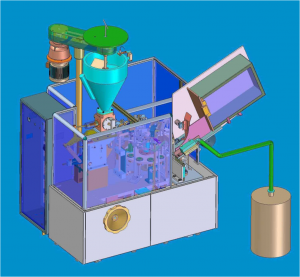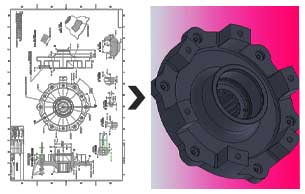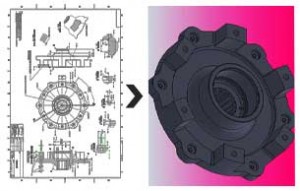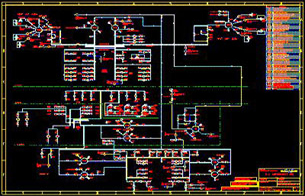
Digitization News
Category : News
The process of representing an analogue signal or an image by a discrete set of its points is known as Digitizing. This data after conversion is in the binary format, which is directly readable by computer. The data to be converted can be a text, an image, audio or a video. The analogue signals are variable whereas the digital format is the discrete one. These discrete units are called as bits. These bits (8) organized in groups are known as byte. The digital signals are mainly represented in the form of sequence of integers. These integers can be converted back to analogue signal that are approximately similar to the original analogue signals. Digitizing is done by reading an analogue signal ‘A’, and at regular time intervals, representing the value of ‘A’ at that point by an integer. Types of Digitizing: Manual Digitizing: It is done using digitizing tablet. The operator manually traces all the lines from his hardcopy map and creates identical digital map on the computer. It is very time consuming and level of accuracy is also not very good. Heads-up Digitizing: It is similar to manual digitizing in the way that lines have to be drawn manually but directly on the computer screen. So in this level of accuracy increases and time taken decreases. Interactive tracing method: It is improvement over Heads-up digitizing in terms of speed and accuracy. Automatic Digitizing: It is automated raster to vector conversion using image processing and pattern recognition techniques. In this technique computer traces all the lines, which results in high speed and accuracy along with improved quality of images.


